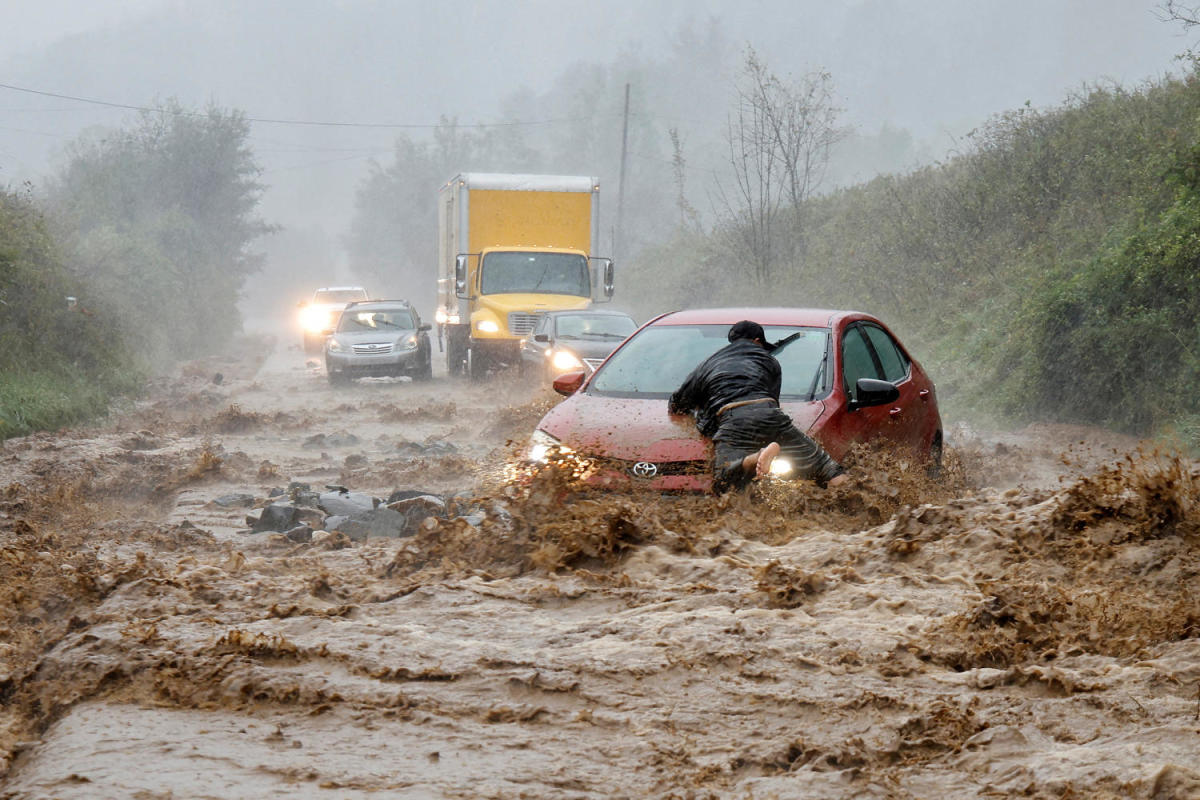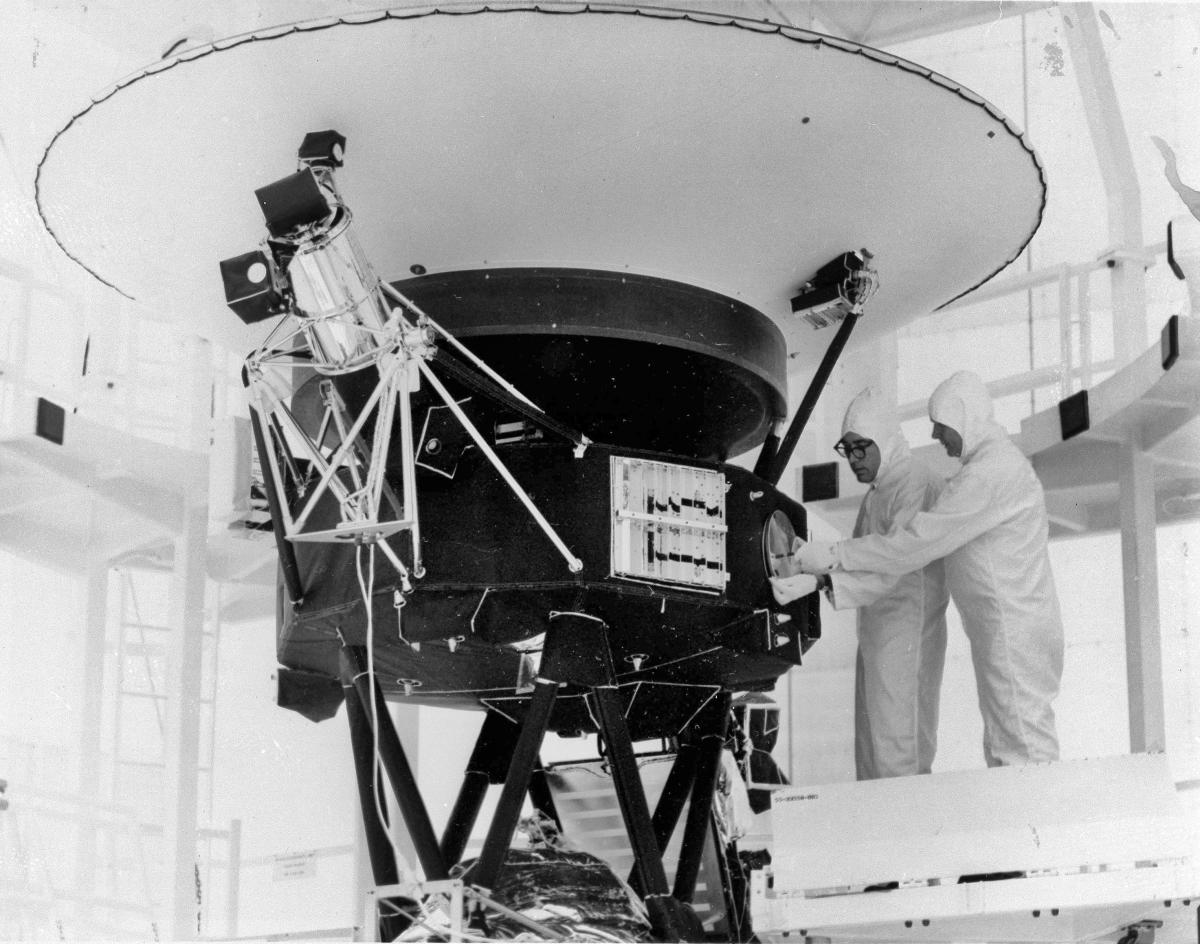On Wednesday, an annular solar eclipse will create a "ring of fire" effect across parts of South America, according to NASA.
Annular solar eclipses happen when the moon aligns between the Earth and the sun, but is too far away to completely block the sun's light, resulting in a striking visual display.
The eclipse path will traverse regions over the Pacific and Atlantic oceans, as well as the remote island of Rapa Nui, also known as Easter Island.
Here’s what you need to know about the eclipse and how to experience it safely.
☀️ What is an annular eclipse?
An annular eclipse occurs every one to two years when the moon passes between the Earth and the sun while at or near its farthest point from Earth.
Because of this distance, the moon does not completely cover the sun, resulting in the sun's bright light forming the so-called ring of fire (called the annulus) around the darkened moon.
Since the sun is never completely obscured, observers must wear proper eye protection at all times during this eclipse, according to NASA.
⏰ When is the eclipse happening?
The annular eclipse is set to begin on Wednesday at 12:50 p.m. ET and will end at 4:39 p.m. ET.
The peak of the eclipse, when the moon's shadow obscures the sun the most, will occur at 2:45 p.m. ET and last for just over seven minutes.
👀 Where will the ‘ring of fire’ be visible?
The ring of fire will be visible in parts of South America, specifically over Rapa Nui, as well as in parts of Argentina and Chile.
The path of the eclipse will track over the Pacific and Atlantic oceans and Antarctica.
Additionally, a crescent-shaped partial eclipse will be visible in Hawaii, American Samoa and Brazil.
🕶️ How to safely watch the eclipse
Annular solar eclipses are different from total solar eclipses in that there is no period of totality when the moon completely blocks the sun. Therefore, NASA warns viewers that it is never safe to look directly at the eclipse without proper eye protection.
They advise viewers to observe the following safety protocols:
Use certified eclipse glasses or a handheld solar viewer. “Eclipse glasses are NOT regular sunglasses; regular sunglasses, no matter how dark, are not safe for viewing the Sun,” warns NASA.
Always inspect your eclipse glasses or handheld viewer before use. “If torn, scratched, or otherwise damaged, discard the device. Always supervise children using solar viewers.”
Never wear eclipse glasses while looking through optical devices. “Do not look at the sun through a camera lens, telescope, binoculars, or any other optical device while wearing eclipse glasses or using a handheld solar viewer. The concentrated solar rays will burn through the filter and cause serious eye injury.”
If you don’t have eclipse glasses or a handheld solar viewer, NASA advises viewers to use an indirect viewing method, which does not involve looking directly at the sun.

 German (DE)
German (DE)  English (US)
English (US)  Spanish (ES)
Spanish (ES)  French (FR)
French (FR)  Hindi (IN)
Hindi (IN)  Italian (IT)
Italian (IT)  Russian (RU)
Russian (RU)  1 day ago
1 day ago






















Comments